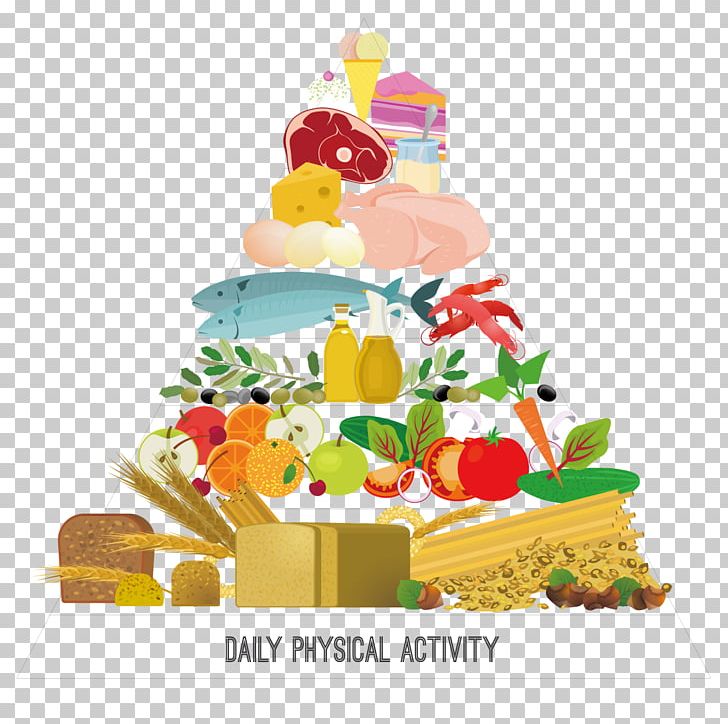How Can the 2020 Dietary Guidelines Improve American’s Health?
August 31, 2020 by foodfromthegarden
Every five years since 1980, the U. S. Department of Agriculture (USDA) in conjunction with the Health and Human Services (HHS) revises the recommended dietary guidelines for Americans. The new committee, made up of physicians, dietitians, scientists, and other medical professionals, has pored through current research in nutrition to develop undated guidelines. What changes can we expect from those previously published?
According to the 2020 Dietary Guidelines Advisory Committee, more than half the people in the US have one or more a preventable chronic disease. Many of these conditions relate to unhealthy dietary practices. Therefore, a major goal of the committee is to summarize and synthesize scientific evidence to reduce risks “of chronic disease while meeting nutrient requirement and promoting health for all Americans.”
The committee amplified or expanded the five principles from the 2015-2020 guidelines with more emphasis on pregnant women, infants, and toddlers. Below are the current guidelines with a few suggested changes.
1. Follow a healthy eating pattern across the lifespan.
The committed suggests revised guidelines include dietary patterns for each life stage by incorporating, following, and modifying the pattern for different life stages for specific nutritional needs.
The committee recognizes three acceptable dietary patterns that share core components but allow for key differences to tailor for individual preferences: Healthy U.S.-Style Pattern, Healthy Mediterranean-Style Pattern, and Healthy Vegetarian. These three patterns all 1) obtain most of needed energy from plant-based foods, 2) provide protein and fats from nutrient-rich food sources, and 3) limit intakes of added sugars, solid fats, and sodium. All use the 2,000-kcal level as a reference for serving size and nutrient content.
The USDA Food Pattern includes five major food groups, and in some cases, subgroups.

- Fruits
- Vegetables: Dark green, red and orange, beans and peas, starchy, and other
- Dairy, including calcium-fortified soy beverages
- Grains: Whole grains and refined grains
- Protein Foods: Meats, poultry, and eggs; seafood; nuts, seeds, and soy products

The Mediterranean diet includes more fruits and protein foods than the Healthy U. S.-Style Pattern. It also includes more omega-3 fatty acids because of emphasis on seafood and contains less sodium. However, the Mediterranean diet is lower in calcium, phosphorus, and vitamin A primarily because it includes two cup-equivalents of dairy instead of the three cup-equivalents in the U. S.-Style Pattern.
2. Focus on variety, nutrient density, and amount.
The proposed guidelines focus on breastfeeding and human milk for optimal nutrition for infants. For all ages, the authors reiterate variety, portion size, and frequency of eating based on nutritional quality of food choices,
3. Limit calories from added sugars and saturated fats and reduce sodium intake.
The committee recommends limiting foods and beverages that are sources of added sugars, saturated fats, salt, and alcohol to reduce excessive calories and replace those food components with more healthful choices. For alcoholic beverages, they state “current evidence indicates that lower intakes are better than higher intakes and some groups should not drink alcoholic beverages.”
4. Shift to healthier food and beverage choices.
The consumer’s take-home message from the guidelines is that it is never too late to start improving their dietary pattern. That begins with recognizing which foods and beverages to modify or exchange. Changes should include a shift in the dietary pattern to foods and beverages with higher nutrient-to-energy ratios.
5. Support healthy eating patterns for all.
The committee advocates food accessibility for all Americans while considering cultural, ethnic, and socioeconomic factors that influence food preferences and support healthful eating patterns for all ages.
Although the information included in this blog is core to the revisions, the committee, in 835 pages, expounds on the many issues considered in adapting the 2020-2025 guidelines for healthier Americans. These recommendations were open for public response and can be accessed online. While many will choose to ignore suggestions, the prudent will take note to make needed changes in their diets to live a healthier— and thereby— longer life.

source https://betterweightloss.info/how-can-the-2020-dietary-guidelines-improve-americans-health/


No comments:
Post a Comment